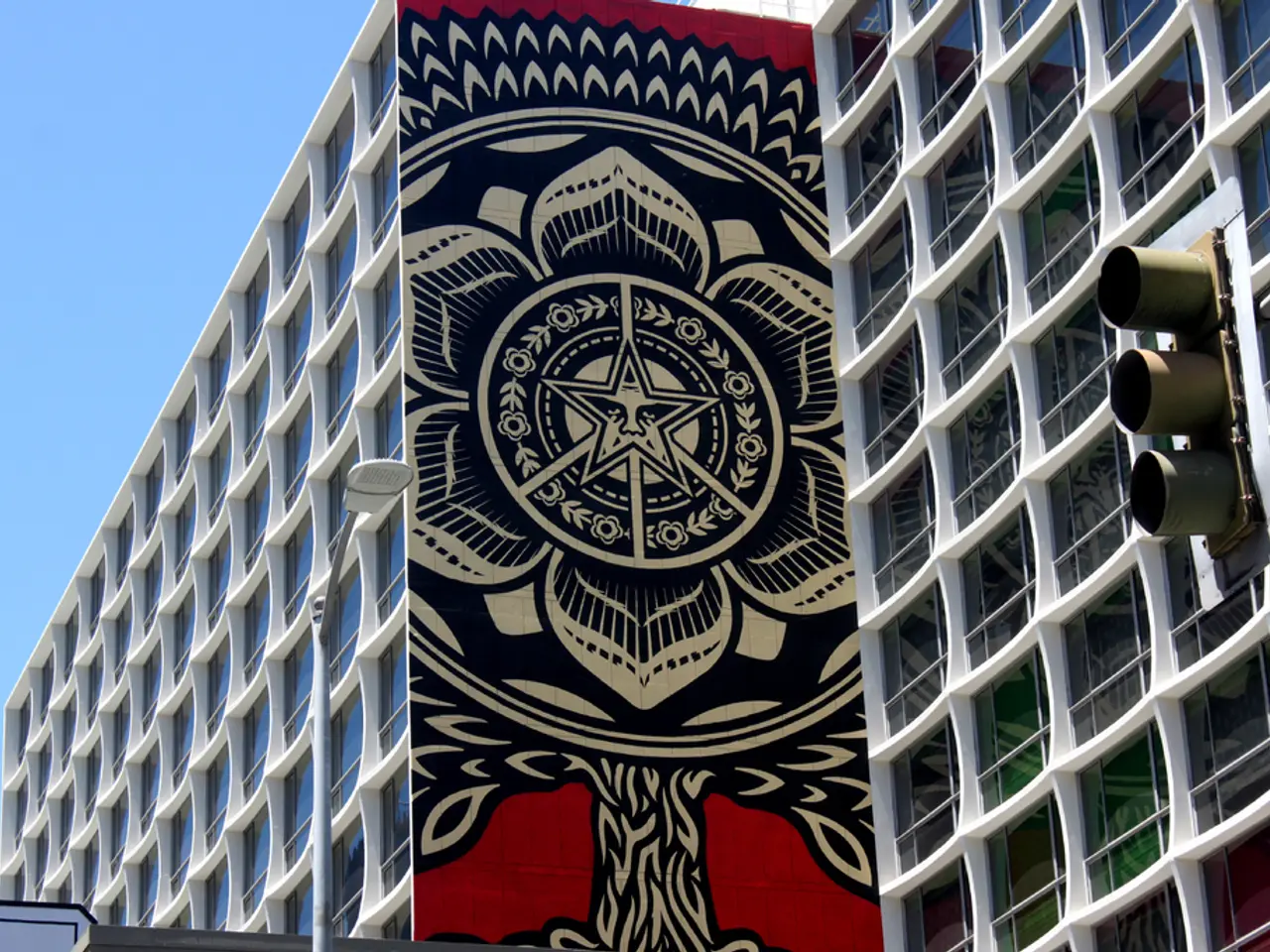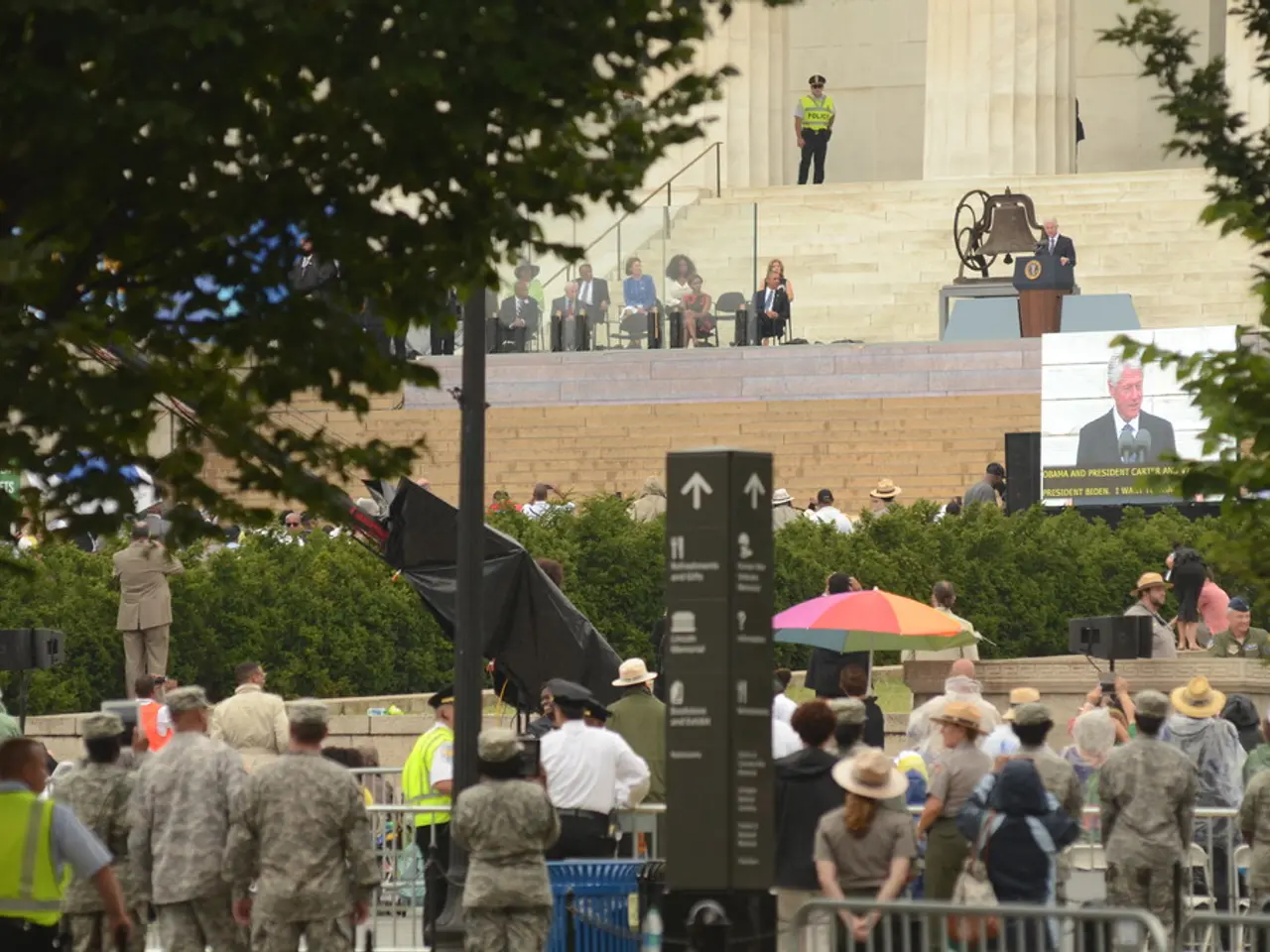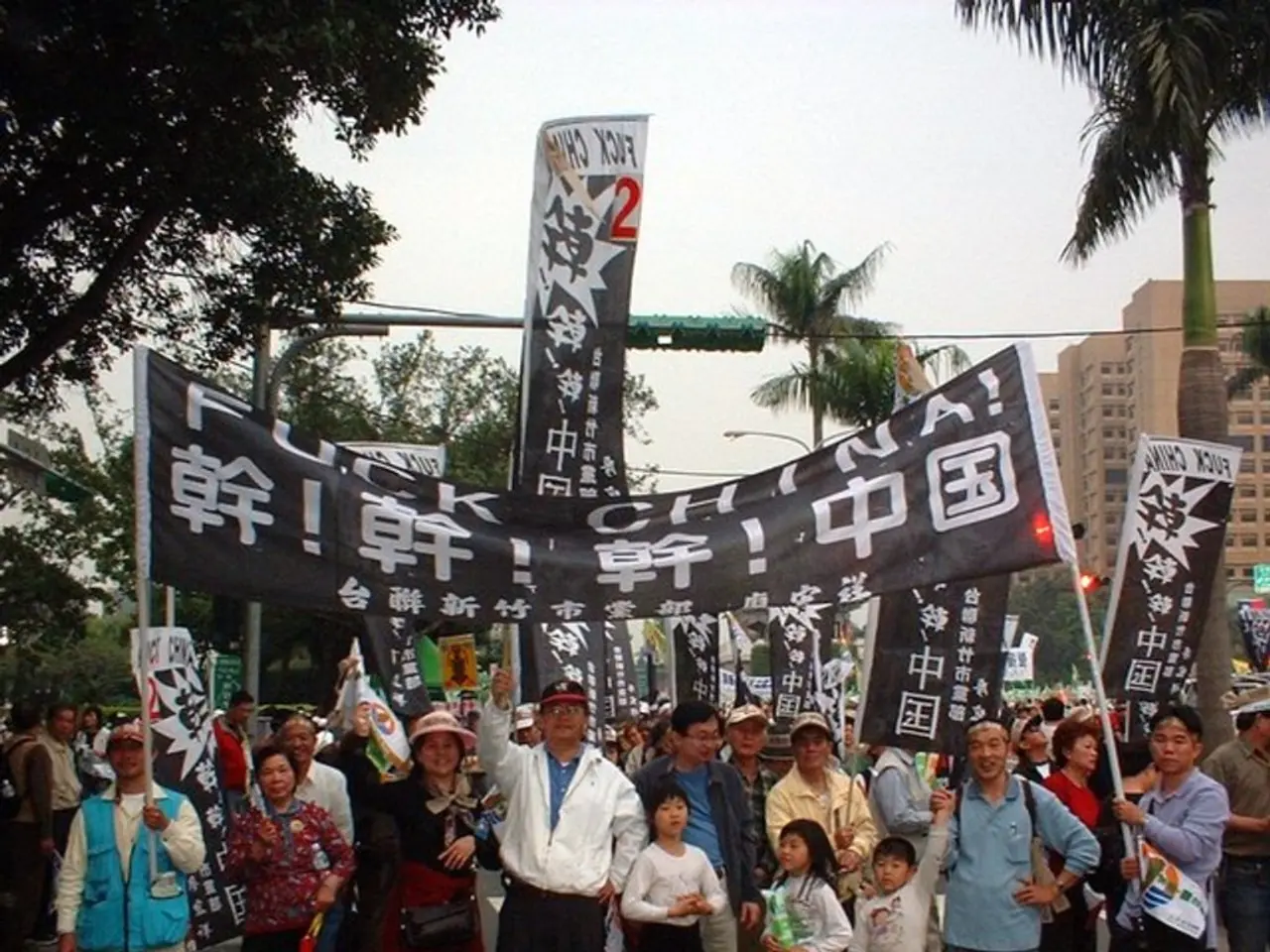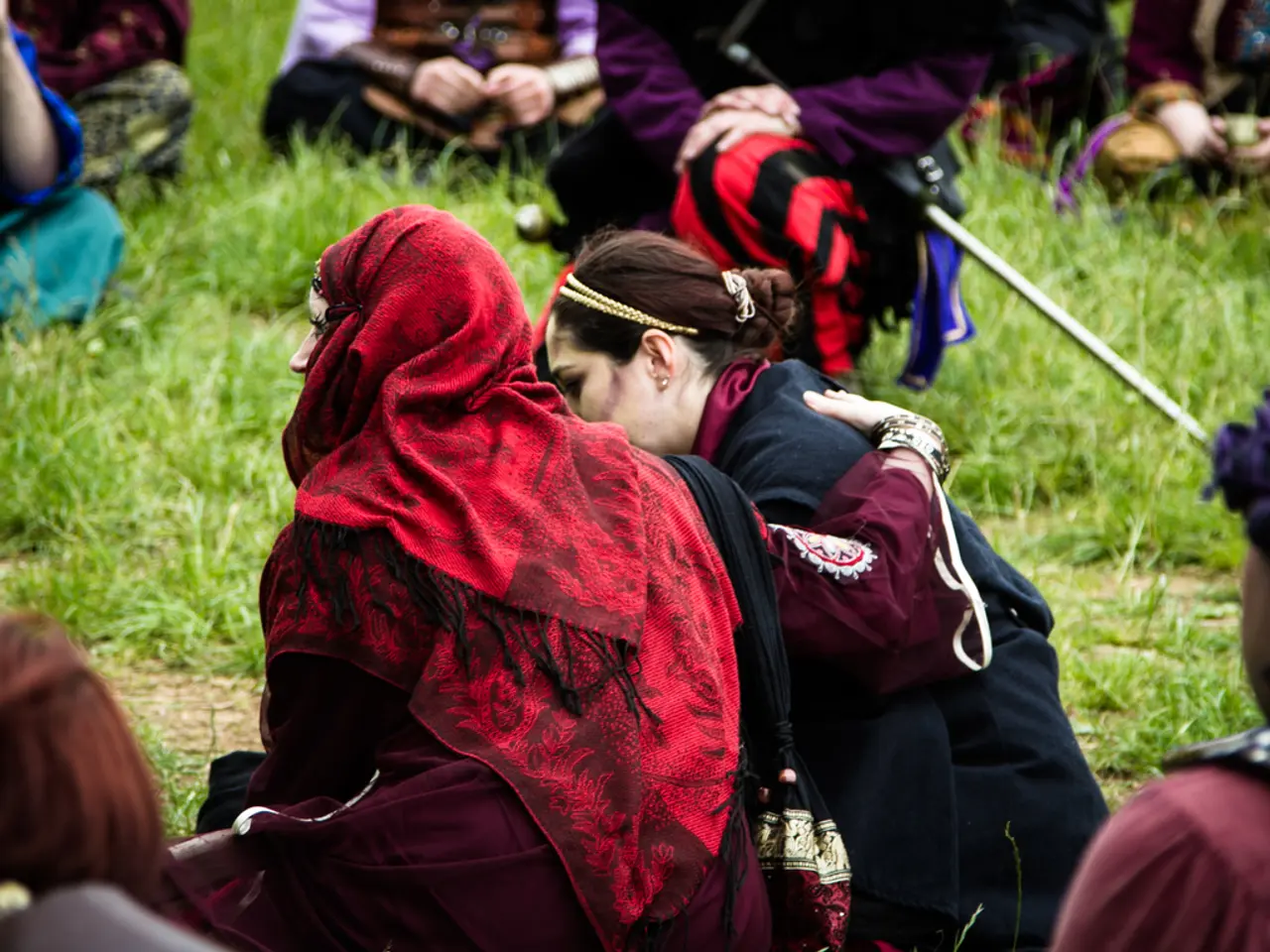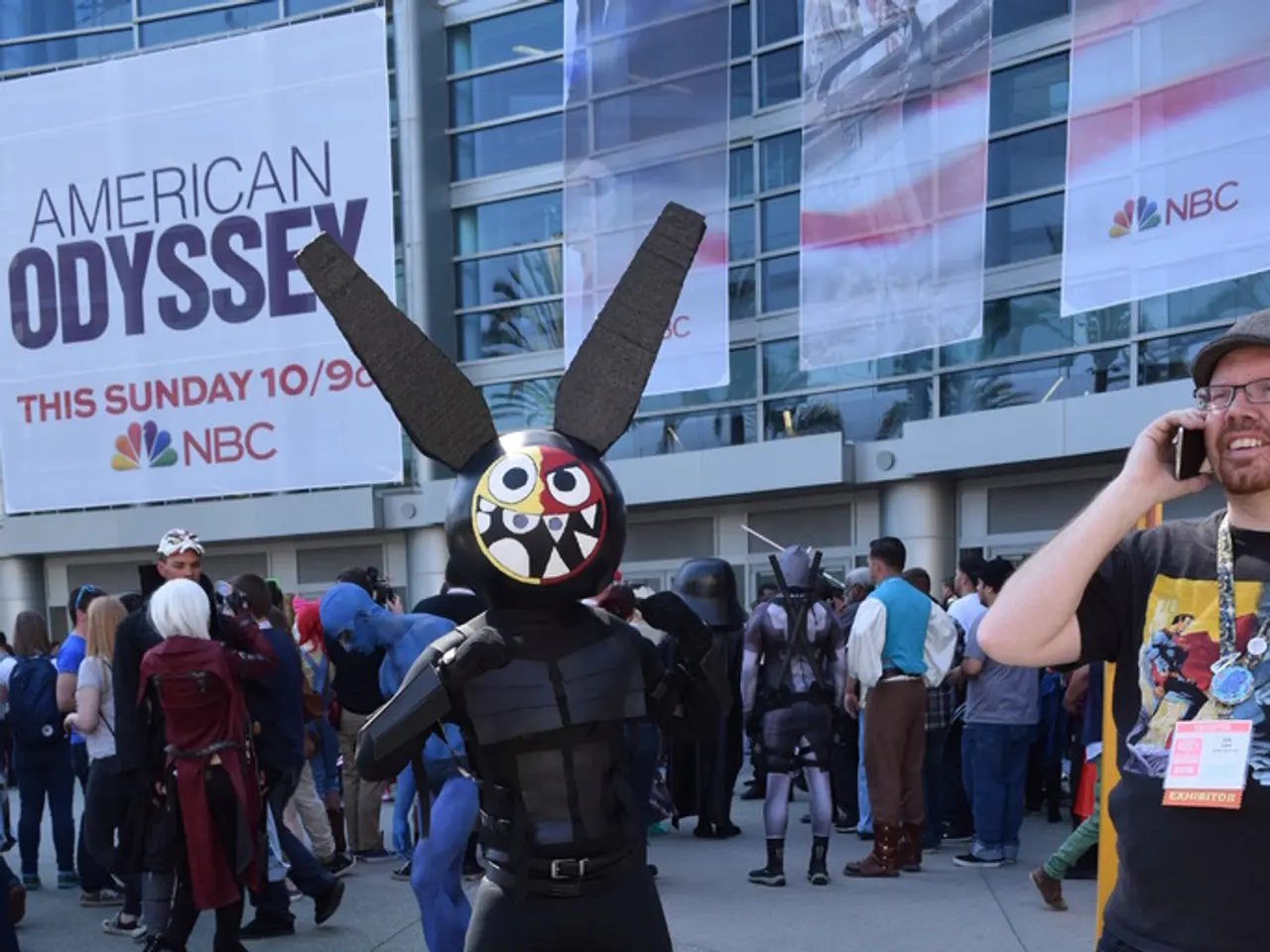Berlin's barriers stand as an obstacle for anti-fascist activist, Bruno Schilter
Remembering Bruno Schilter and the Dark History of the Keglerheim in Berlin-Friedrichshain
The Keglerheim or Ochsensturm at 94 Petersburger Straße in Berlin-Friedrichshain holds a layered history tied to social and political events in early 20th-century Berlin, culminating in its grim association with Nazi terror.
A Popular Gathering Place
Originally, the Keglerheim was a popular gathering place and sports venue in Berlin-Friedrichshain. The name "Keglerheim" means "bowling home," suggesting it was likely a place associated with bowling alleys or recreational sports clubs. The building at Petersburger Straße 94 served as a community hub for local workers and left-wing groups during the Weimar Republic (1919-1933).
A Notorious Site of Nazi Persecution
However, when the Nazi regime took power in 1933, the location became a notorious site of Nazi persecution. It was used as a site where political enemies, especially communists, socialists, and Jewish residents from Friedrichshain, were detained, interrogated, or subjected to early stages of Nazi terror and violence.
Bruno Schilter's Connection
One of the victims associated with the terror experience linked to Keglerheim/Ochsensturm was Bruno Schilter, a local resident and political figure involved with leftist or anti-Nazi resistance activities in Friedrichshain. Schilter was arrested by the Nazis due to his political activities or affiliations and was subjected to brutal treatment during the early years of Nazi rule.
Memorialization
Today, the history of the Keglerheim/Ochsensturm building and the victims like Bruno Schilter is remembered through local memorial plaques and Stolpersteine (stumbling stones) in Friedrichshain. These memorials highlight the local resistance and the brutal mechanisms of Nazi repression at the neighborhood level.
Next year, the neighborhood initiative "We all stay Friedrichshain" plans to unveil a stumbling stone for Bruno Schilter on August 1st. The stumbling stone for Bruno Schilter will be placed in front of the house at Richard-Sorge-Straße 16, where he lived before 1933.
Since 2013, regular city tours have offered the opportunity to explore the traces of anti-fascist resistance in Friedrichshain. For those interested, local Berlin archives and memorial centers dedicated to the history of Nazi persecution provide further detailed records about this site, Bruno Schilter, and others similarly victimized.
- The Keglerheim, a popular gathering place in Berlin-Friedrichshain, originally served as a hub for local workers and left-wing groups, but it was repurposed under the Nazi regime as a site of persecution, where individuals opposed to the regime were detained and subjected to violence.
- While sports venues might typically be associated with recreational activities such as bowling or general news about athletes, the Keglerheim in Berlin-Friedrichshain also became infamous for its role in crime and justice, as it was used by the Nazi regime to persecute political enemies.
- In addition to politics and crime, the sports betting industry is a separate domain, but it is significant to note that the Keglerheim building at one point hosted social events and recreational sports clubs, reflecting a different aspect of its complex history.
